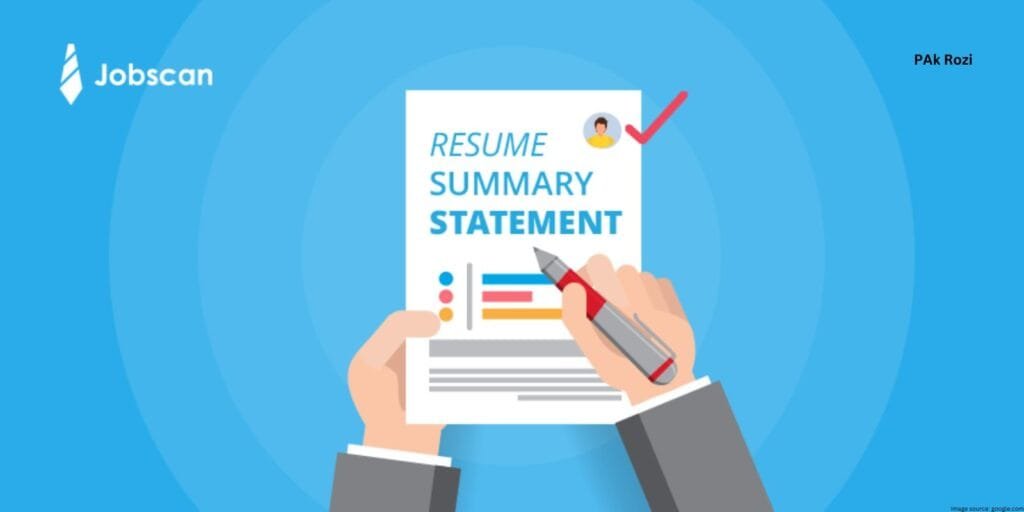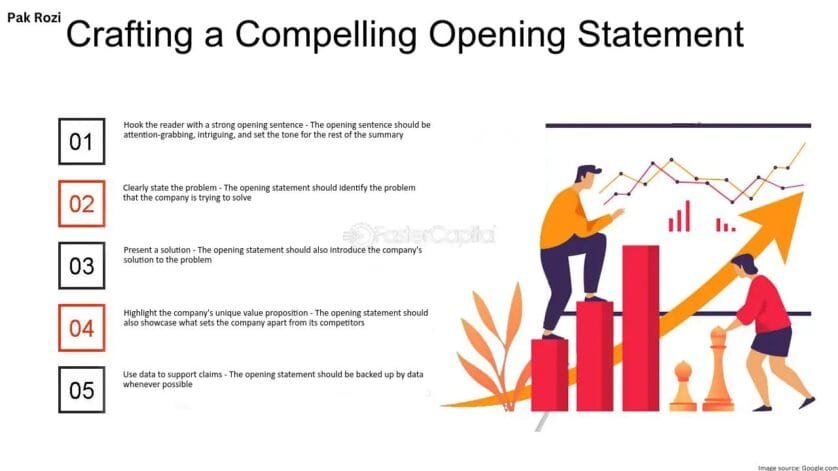While writing resumes or profiles, most of us tend to miss out on something very essential: the Summary statement. It may appear as just a small paragraph; however, a well-crafted summary can be your golden ticket toward leaving a lasting impression on potential employers or clients. In this article, we’ll find out what is a Summary statement, why you need one, and how to write one that really represents you as a professional.
What Is a Summary Statement?
Summary statement – a paragraph summary of your professional background, skills and career goals. The summary usually lies near the top of your resume or professional profile, hence giving an overview of your qualifications. What seems like a small part of your application carries huge weight. An effective summary statement draws the reader in and inspires them to continue reading your application.

Why is the Summary Statement Important?
- Create a Good First Impression: The summary statement often is the first block of text recruiters or other employers will read in your resume. Making a thoughtful opening sentence can create good first impressions for them to read more about you.
- Determine your differences in a hyper-competitive job market: With the economy being hyper-competitive, at times, it just takes one summary to make that difference between two great candidates that really need the position. You can bring out unique skills, experiences, and achievements that would really fit the position.
- Guide You in Clearly Defining Career Goals: A summary statement will help you express professional goals as well as how such goals relate to the position you are applying for. Clarity helps employers understand what you bring to the table and where you fit into the organization.
How to Write a Good Summary Statement
Now that we know why the summary statement is important, let us now break down the steps on how to create one that will capture your audience. And so, here are the steps:
Step 1: Know Your Audience
Before you write your summary statement, think about who your target reader will be. Relevance is added when the statement is targeted to specific hiring managers, recruiters, or even potential clients. Research the company or industry you are applying to and brainstorm what skills and qualities they seem to value the most.
Step 2: Identify Your Key Skills and Experiences
For one minute, brainstorm your skills, experiences, and achievements. Ask yourself:
- What are core competencies?
- What are the achievements that you are most proud of?
- How has your experience added value to your profession?
- List the skills and experience that best exemplify your professional journey.
- Highlight those most relevant to the job or opportunity for which you are applying.
Step 3: Define Career Goals
Also, your summary statement should express your career goals. Think about what you hope to attain in your next position or where you see your career journey. That will give the potential employer an idea of what motivates you and how that could align with their organization.

Step 4: Write a Draft
Now it’s time to draft your statement summary dependent on your target audience, self-assessed skills, and desired outcome. To achieve that, it would be beneficial to experiment with a summary paragraph of ideally three to five sentences. Here is one simple framework to use:
- State Your Job Title and Experience: You begin by including your current job title, and referring to your experience in years gives the reader a quick sense of background.
Example: “High energy marketing professional with over five years of experience in digital marketing and content creation.”
- Key Skills and Achievements: Follow with one to two sentences that describe what your most applicable skills are, and also highlight some significant achievements.
Example: Skilled in creating interesting content and managing social media campaigns, I was able to grow brand awareness by 40% in one year.
Step 5: Editing and Refining
Now that you have drafted a summary statement, put it aside and review critically. You will want to ask yourself the following:
- Is it concise and does meaning leap out at me?
- Does it fairly represent my skills and experiences?
- Does it meet the needs of the specific job or target audience to which it will be sent?
- Does it make the reader want to turn the page and want to read more of it?
- Edit as needed for clarity and potency. Don’t be afraid to ask someone you trust in your life, whether good friend or mentor, to test it out on you and give you feedback on whether it could be stronger.
Step 6: Keep It Current
Changes about your career will also manifest in the summary statement. Be sure to update the statement with new skills acquired, recent experiences, current goals, and future goals in your career. Therefore, you can be assured that your online profiles and resumes have the updated version of you.
Examples of Best Summary Statements
Here are a few good summary statements for various jobs to get you started:
Software Engineer
Result-driven software engineer with a background of more than eight years in the design of scalable web applications. He has maintained a rich experience in leading cross-functional teams towards the successful delivery of projects, on time and within the budgets. Passionate about the uses of technology in solving complex user problems and enriching the overall user experience.
Graphic Designer
Award-winning Graphic Designer with six years of branding and digital marketing experience. Visual storytelling and design solutions that work well for the target markets. Desire to be part of a dynamic team to apply the experience gathered for successful marketing campaigns for clients.
Sales Manager
Ten years of experience as a high-tech sales manager, always driving sales over targets, and establishing long-term relationships with different clients, while having the experience of developing well-thought-out sales strategies and working with high-performing teams. A strong interest in utilizing the knowledge gained to support a leading technology company around the world to achieve success in customer success.
Conclusion
It helps conclude that a well-written summary statement is important to leave a long-term impression on prospective employers. This will show in just a few sentences your professional background, skills and career goals. Knowing your audience will help you put down the most relevant experience in your statement, thus making it impressive. An updated version of your summary allows reflecting on changes in your career. The small paragraph can yield impressive effects on your job application and unlock hidden opportunities.
FAQ’s
What is a good summary statement?
A summary statement should be, therefore, concise by bringing to view the most important skills or capabilities and achievements which encapsulate what one is trying to do in that job. It should clearly state career goals with relevance to the job that you are applying for.
How do you write a resume summary?
To compose a synopsis for a resume, first state your title and experience, high-lighted the skills and accomplishments that are relevant, and end with career objectives.
